U.S. Navy Explosive Ordinance Disposal (EOD): All You Need To Know

U.S. Military Explosive Ordnance Disposal personnel, commonly referred to as EOD, are some of the bravest service members in the U.S. Military. As quite literally the bomb squad of the military, these warriors put themselves in harm's way unlike any other. But there’s one service branch’s EOD that stands out among the rest, bringing with it a multitude of unique opportunities: that would be the U.S. Navy’s Explosive Ordnance Disposal.
From their training, abilities, and the way they are leveraged, U.S. Navy EOD personnel set themselves apart from the rest of the EOD communities. Not only that, but they have one of the toughest selection processes of any EOD community. With that said, what makes the Navy EOD unique from the rest of the EOD’s? What is Navy EOD capable of? And if you’re interested in joining this community, what does it take? Keep reading, and we’re going to answer all of those questions for you, and much more.
TABLE OF CONTENTS
U.S. NAVY EXPLOSIVE ORDNANCE DISPOSAL: OVERVIEW
U.S. NAVY EXPLOSIVE ORDNANCE DISPOSAL: WHAT SETS THEM APART?
U.S. NAVY EXPLOSIVE ORDNANCE DISPOSAL: SELECTION AND TRAINING
U.S. NAVY EXPLOSIVE ORDNANCE DISPOSAL: NAVY EOD PHYSICAL SCREENING TEST
U.S. NAVY EXPLOSIVE ORDNANCE DISPOSAL : CONCLUSION
U.S. NAVY EXPLOSIVE ORDNANCE DISPOSAL: OVERVIEW

Picture a Navy sailor who can kick down doors, jump, dive, shoot, and blow stuff up, all while rocking some hella good hair. We’re not talking about Navy SEALs, we’re talking about Navy EOD Technicians.
While Navy EOD can be quickly summarized as the bomb squad for the U.S. Navy, they are much more capable than your average police department’s bomb squad. Whether it’s augmenting a SEAL team, Special Forces ODA, or protecting the President of the United States with the secret service, there are a wide variety of lines of work a Navy EOD technician can find themselves in.
In a nutshell, EOD techs detect, locate, render safe, and dispose of explosive threats all over the world. The threats can be anything from chemical, biological, and nuclear weapons, all the way to IED’s. They’re utilized in both a national defense and public safety setting, meaning they can be deployed overseas, or they can work with local, state, or federal law enforcement to protect high profile personnel and the public. They also have opportunities to deploy with aircraft carriers, and can even work with dolphins and sea lions in the Navy Marine Mammal Program. Due to the nature of their duties, they have various types of equipment to help them get the job done. They have bomb suits, robots, high-tech gear, and loads and loads of stuff to assist them.
Thus, the Navy EOD community offers you many opportunities to nerd out and get really technical with the stuff you do. Throughout a tech’s career, you’ll be able to master your craft, and earn your Senior & Master Tech pins, which showcase your expertise, capabilities, and commitment to the community.
U.S. NAVY EXPLOSIVE ORDNANCE DISPOSAL: WHAT SETS THEM APART?

One of the biggest things that sets apart Navy EOD from the other EOD communities is their maritime skills and the fact that they are considered special operations. Although the USMC EOD community is beginning to dive, underwater explosives training is literally what Navy EOD is known for. It is the Navy, after all, so we would hope so! Although every branch of EOD goes to the same school over at Eglin AFB, Florida, the Navy guys and gals are the only ones who must complete dive school before showing up, as well as receive underwater explosives training at the schoolhouse. But we’ll touch on more of the Navy EOD pipeline in the following sections of this blog post.
Navy EOD is also considered a special operation, whereas the other communities generally aren’t. But don’t get it twisted, there’s two types of SOF communities in the Navy - Naval Special Warfare, and Naval Special Operations. NSW is where the SEALs and SWCCs are, which fall under SOCOM, whereas Navy EOD falls under Naval Special Operations, which is under the Navy Expeditionary Combat Command. Avoiding lots of technicalities, just understand that falling under NSW and NSO means you get separate missions, funding, and oversight. Bottom line, while Navy EOD often works with special operations communities from both U.S. and foreign units, they themselves do not fall under SOCOM.
Despite that, they’re treated much better than the fleet, and they have many, many opportunities to still train up alongside other operators. They jump, dive, learn their EOD stuff, and receive training so they can be leveraged as shooters alongside their SOF counterparts. While their primary mission as force multipliers is to render safe explosives, you can often find Navy EOD techs being better shooters than some of the guys they’re augmenting!
Because of the wide array of communities they can serve alongside, Navy EOD techs have a lot of cool opportunities for follow on training schools. Some of these they can attend are Intermediate/Advanced Expeditionary Combat School, Combat Medicine courses, Helicopter Rope Suspension Training, Free Fall, Parachute Rigging School, Advanced Improvised Explosive Device Disposal, Jumpmaster Training, SERE School, High Altitude/Cold Weather Training, Small Unit Tactics, Small Arms Instructor, Language School, and much more.
U.S. NAVY EXPLOSIVE ORDNANCE DISPOSAL: SELECTION AND TRAINING

Now that you have a general overview of what Navy EOD is and does, let’s move onto their training pipeline and how you can join this community. What does it take to become a Navy EOD technician?
While you will be tested on your physicality, the Navy EOD pipeline requires just as much brains as it does braun. But before you get the opportunity to actually begin to learn the EOD craft, you’ll have to make it through their difficult selection process.
After boot camp, Navy EOD candidates attend a two-part preliminary process. The first part is called Dive Prep, which is a 3 week course where candidates will train both in and out of the pool. You must pass the Navy EOD Physical Screening Test to move onto the next part of training, but we’ll cover more on the PST in the following sections.
The second part, called the Assessment and Selection course, is the real gut check of the Navy EOD pipeline. In this four week course, you’ll be put to the test in a multitude of pool and land events. From IWP’s, treading weight, aquatic adaptability tests, underwater knot tying, runs, rucks, and a whole lot more, many candidates are known to quit from the sheer difficulty and being unprepared in the water. So if you want to join this community, you better get swimming!
After ASC, candidates will move onto dive school to learn the basics of underwater diving. And in case you were wondering, Navy EOD does NOT learn how to conduct combatant diving, it’s just not in their mission set.
After Dive School is EOD School, where they will learn the meat and potatoes of their profession. EOD school is arduous, long, and academically challenging. Even the most intelligent people may wind up getting rolled back or dropped for poor performance. There are various topics in the world of explosives that need to be covered, and everything moves at a fast pace. If you double tap a test, which means failing it twice, you are subject to an academic review board. And, on top of it all, the stuff you learn is classified, so you’re not allowed to take your books back with you to your room to study. That means long days of learning and studying. Topics range from Demolition, Basic EOD skill sets, IED’s, and Ground, Air, CBRN, and Underwater Ordnance. Upon completion of EOD school, they will earn their crab.
After EOD school, Navy EOD techs will wrap up their training pipeline with jump school, expeditionary combat skills course, and an EOD tactical training course. They’ll be stationed at an EOD Mobile Unit within one of the two EOD Mobile Groups.
U.S. NAVY EXPLOSIVE ORDNANCE DISPOSAL: NAVY EOD PHYSICAL SCREENING TEST

For those interested in joining this community, how do you get in? There are a few ways to join. You can join through the Navy’s warrior challenge program as a civilian, you can cross rate as an active duty sailor, or you can join as an officer.
For civilians trying to get a Navy EOD contract, among other things, you’ll have to pass and crush the Navy EOD Physical Screening Test (PST). The PST consists of a 500YD swim, max pushups in 2 minutes, max situps in 2 minutes, max pullups, and a mile and a half run.
The minimums for the Navy EOD PST are that you need to have a combined Run and Swim time of less than 21 minutes, but each individual event cannot exceed 12:30, as well as 50 pushups, 50 situps, and 6 pullups - but again, if you’re looking to get a contract, you’ll have to do much better than the minimums.
If you’re looking to cross rate into EOD, not only will you have to pass the PST, but you’ll have many more hoops to jump through. Make sure to check the EOD community summary page to see if it’s even possible for your year group.
U.S. NAVY EXPLOSIVE ORDNANCE DISPOSAL: CONCLUSION

And that’s Navy EOD in a nutshell. The Navy EOD community is an awesome profession to work in, and is full of many rewarding and unique experiences and opportunities.
If you want to learn more about the military, law enforcement, or government entities, we have a YouTube channel dedicated to providing the best info out there, plus we have a growing list of blog posts as well. Click the links to take you to them!
General Discharge is a veteran-owned, veteran-operated organization that is dedicated to providing the best U.S. Military and Law Enforcement information. With over 250 YouTube videos, over 45 million views, and hundreds of thousands of followers, we have contributed to the success and knowledge of both the current and future generations of service members.
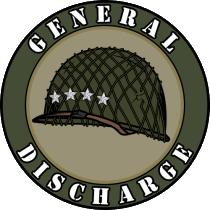
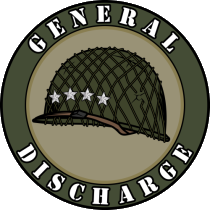

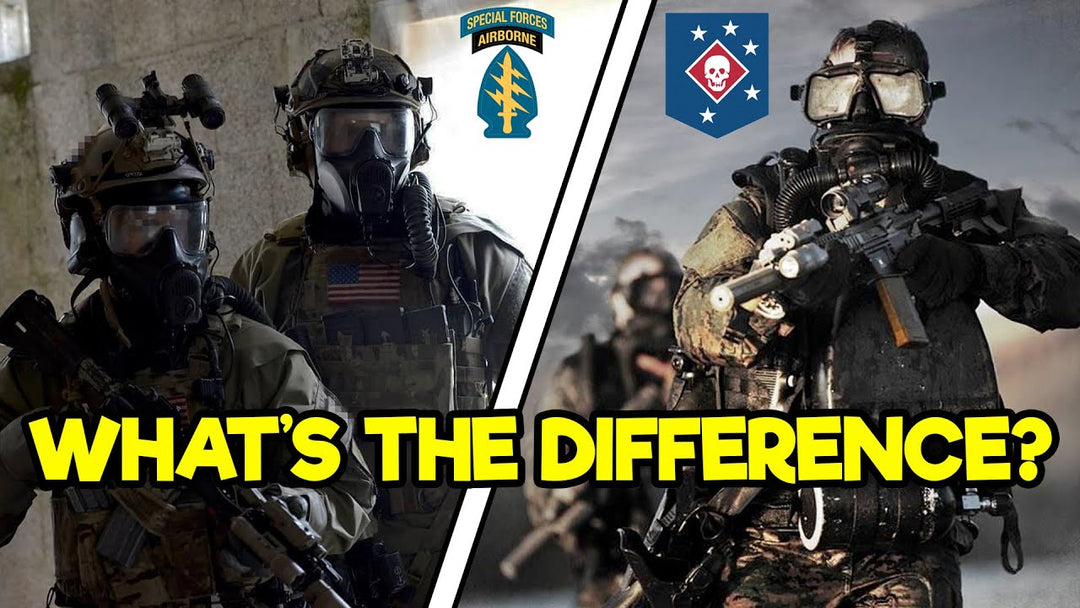
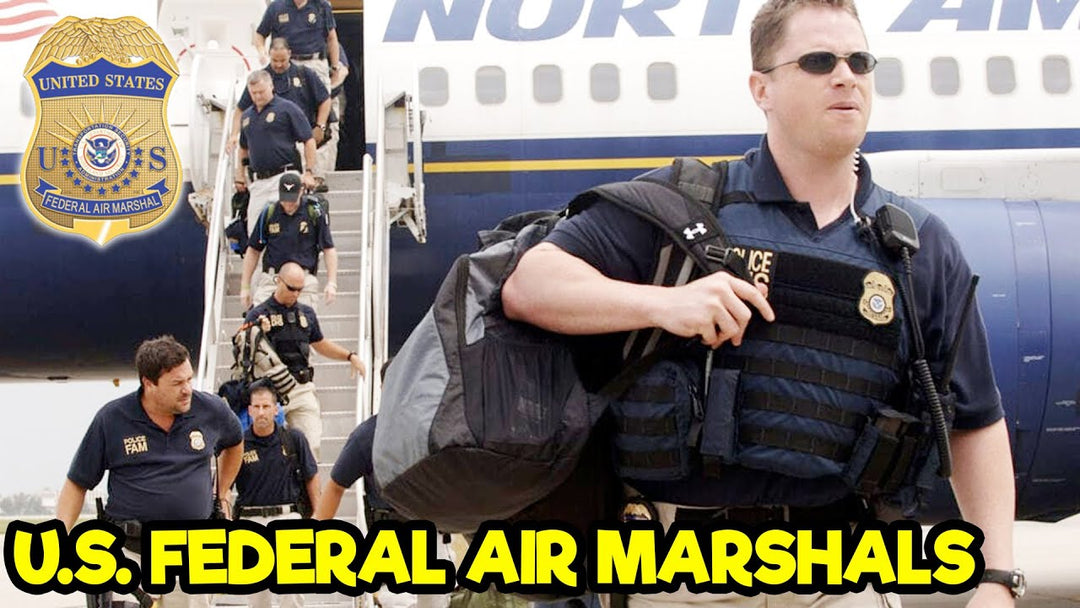
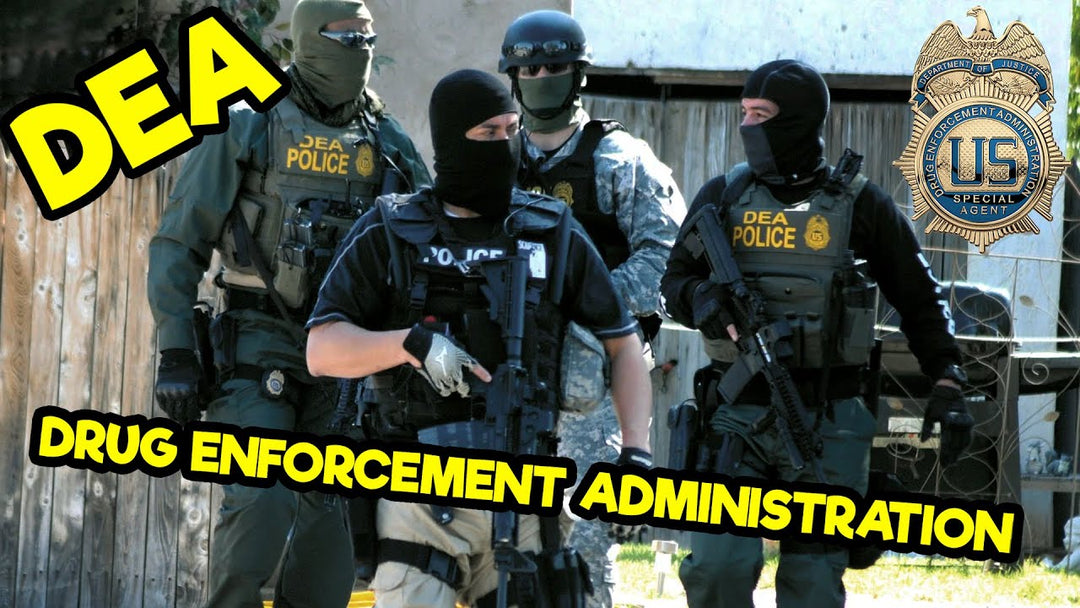
Leave a comment